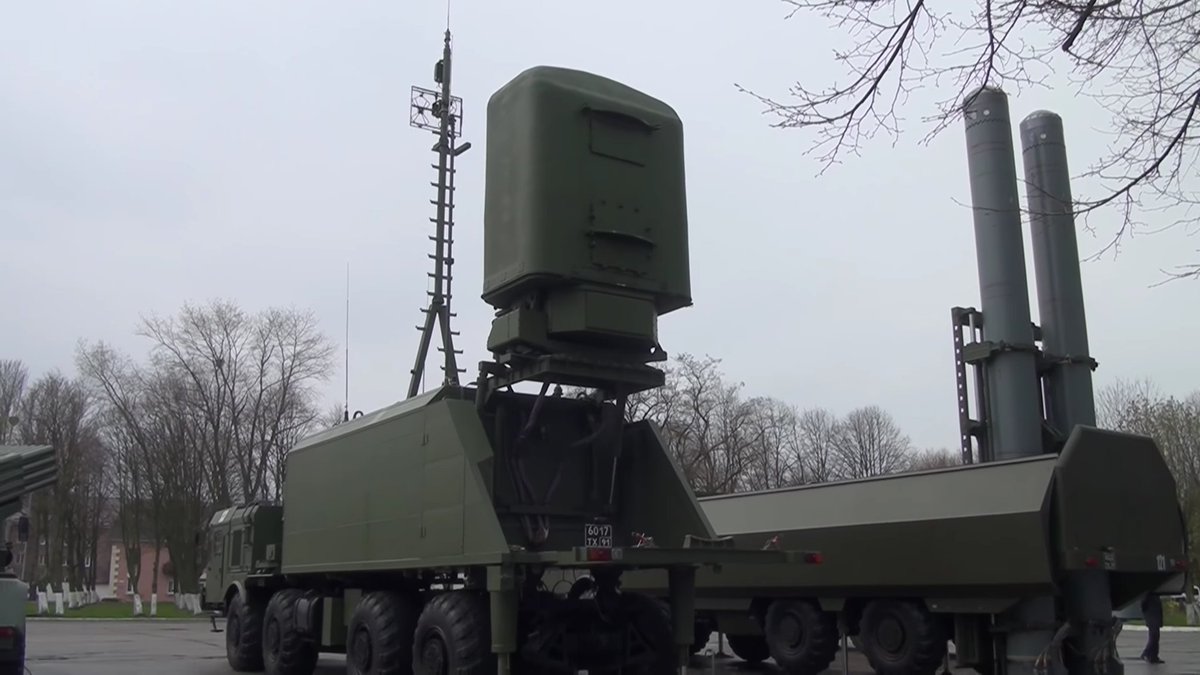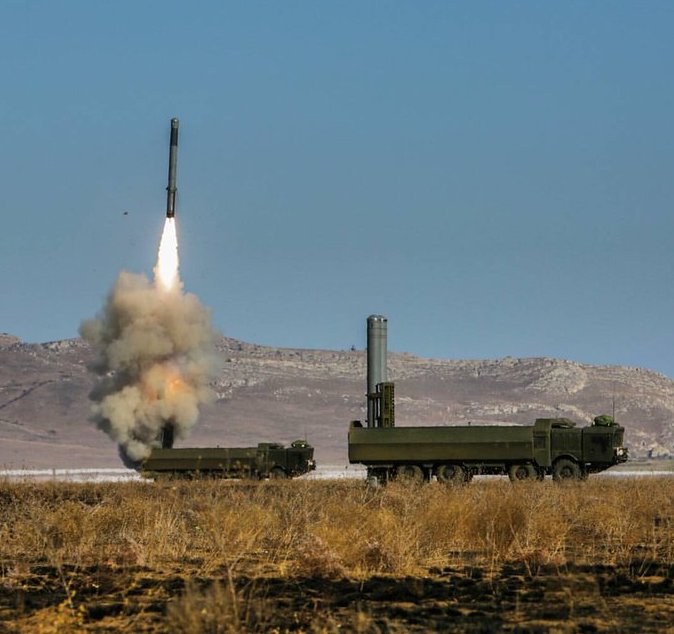Russia has deployed mobile coastal defense missiles to the contested Kuril Islands. The move is in line with Moscow’s plans to expand its military presence in the region, which has been a bone of contention between Russia and Japan with the latter referring to it as ‘Northern Territory’.
Meanwhile, US Secretary of Defense Lloyd Austin and Japanese Defense Minister Nobuo Kishi have held a phone conversation, during which they agreed to hold a meeting in a 2+2 format with the nations’ foreign policy chiefs, the US Department of Defense said.
During the conversation, Austin and Kishi expressed commitment to security and stability in the Asia Pacific region, as well as pointed out the strength of the US-Japanese alliance.
“Secretary Austin and Minister Kishi discussed efforts to deepen defense cooperation to maintain regional deterrence, and agreed to hold a Security Consultative Committee ‘2+2’ meeting at an early date,” the Pentagon said in a statement on late Friday.
The ministers also stressed the importance of close trilateral cooperation between the US, Japan and South Korea.
Russia Eyes Japan?
On December 2, Russia’s Bastion coastal defense missiles were deployed to a remote area of the Kuril island group in the Pacific, according to the Ministry of Defense’s Zvezda TV channel, reported Reuters.
The territorial dispute over the Russian-held southern Kuril Islands, dubbed the Northern Territories by Tokyo, dates back to the conclusion of World War II, when Soviet troops had captured them from Japan.

According to Zvezda, Russia delivered equipment and personnel to the remote Matua Island at the central section of the island chain using big landing ships. The military is expected to keep a 24-hour watch on Matua Island in the Kuril Ridge to monitor the surrounding ocean region and straits, according to a statement from the ministry.
On the island of Matua in the Kuril Islands, teams of the Pacific Fleet’s Bastion coastal defense missile systems have assumed combat alert, according to the Pacific Fleet’s press office, reported TASS.
“On the island of Matua, crews from the Pacific Fleet’s Bastion coastal defense missile systems deployed for the first time and assumed combat alert. The Pacific Fleet’s missile personnel will be stationed on this remote island in the Kuril Ridge’s central part around the clock to keep an eye on the surrounding waters and straits,” said the official statement.
In response to the question of deployment of the Bastion system, Kremlin spokesman Dmitry Peskov stated that Russia has the authority to deploy any weapon in any part of its territory.
#Видео Расчёты берегового ракетного комплекса «Бастион» Тихоокеанского флота впервые заступили на дежурство на острове Матуа https://t.co/SiQGghjeDS#Минобороны #ВВО #ТОФ #БРКБастион #БоеваяПодготовка pic.twitter.com/7Y1CmQnTLc
— Минобороны России (@mod_russia) December 2, 2021
This development assumes significance because it comes in the backdrop of rising tensions between Russia and the United States.
With Japan being the staunchest ally of the United States, this could be seen as Russia flexing its muscle to send a message of power. Russia also has all reasons to consolidate its territory and up the Military presence in the region with increased Western forays in the Indo-Pacific region and an enhanced Military presence in the face of conflict with China.
Earlier in August, Russia had spelled out plans to build 51 additional pieces of military infrastructure at the Kuril Islands in addition to the existing ones.
In a statement, the ministry had then said that it has built more than 30 structures on the islands, including seven living quarters for military personnel on the Iturup and Kunashir islands, which Japan claims and is known as the Northern Territories there.
Bastion Coastal Defense Missile System
The K-300P or the Bastion-P is a mobile coastal defense missile system developed by Russia. The letter “P” in the designation stands for “mobile.” In the West, this coastal defense missile system is known as SSC-5 or Stooge.
The Bastion-P is currently in service with the Russian military. In 2010, the Russian military received the first three systems. Besides Russia, Vietnam and Syria also use this missile system.

The Bastion’s principal mission is to engage various surface ships. It also has the capability to engage carrier battle groups, convoys, and landing craft. Surface targets can also be hit by missiles fired from this system in some instances.
The presence of the Bastion system at Kuril Island is significant Russian posturing as American warships often sail through the Indo-Pacific waters, most recently to send a message to China against its incursions in Taiwan.
Two P-800 Oniks/Yakhont anti-ship cruise missiles are fired by the Bastion-P launcher. With a hi-low flight trajectory, these have a range of 300 km and 120 km with a low-low flight trajectory.
The missile’s propulsion mechanism is two-staged. It accelerates with a solid-fuel rocket booster and cruises at supersonic speeds using a liquid-fuel ramjet. After the booster has burned out, the airflow ejects it.

The warhead weighs between 200 and 250 kg. These missiles appear to be capable of carrying nuclear or conventional warheads.
It’s a launch-and-forget missile. When approaching a target, it employs satellite guidance at first and active radar guiding later which allows it precision striking capability.
The Kuril Island Conundrum
Peskov said both sides are willing to move forward with negotiations on a peace treaty when asked about the dispute and deployment of Bastions.
“We maintain our political commitment to have a comprehensive engagement with our Japanese colleagues to find solutions to this fundamental problem,” he stated.
Since World War II, the territorial dispute between Russia and Japan over the islands has remained unresolved. During the war, the erstwhile Soviet Union decided to begin military operations on the eastern front under an agreement with its western allies at the Yalta Conference in 1945, in exchange for several Japanese territories, including the Kuril Islands.
?August 18, 1945, saw the start of the Kuril Islands Landing Operation. It resulted in the #RedArmy’s liberating the #Kuril Islands from the troops of #Japan, an ally of Nazi #Germany.
?https://t.co/AvZYQvJ8QY #WWII @MID_YS pic.twitter.com/5FzJ5Em1xo— MFA Russia ?? (@mfa_russia) August 18, 2019
Japan, on the other hand, disputed the Soviet Union’s sovereignty over the islands after the war. This has led to the conflict involving a territory, which is geo-strategically very important to both sides.
Because of the disagreement, Russia and Japan have never signed a peace treaty and are still formally at war. The sovereignty of the Kurils is still up in the air as both parties claim the territory. Tokyo condemns Russian officials’ trips to the islands on a regular basis.
The Russians, however, have their own reasons to not lose ownership of Kuril, which remains very strategically placed near the Russian mainland. If the islands are returned to Japan, Russian officials believe that US missile systems will be deployed on the islands, posing a direct military danger to Russia. Their fears are based on the massive American presence on the Japanese territory.
The dispute is not expected to end anytime soon and with Russia having plans to consolidate its territory, more Russian Military presence on the Island cannot be ruled out.
- Contact the author at sakshi.tiwari9555@gmail.com
- Follow EurAsian Times on Google News




